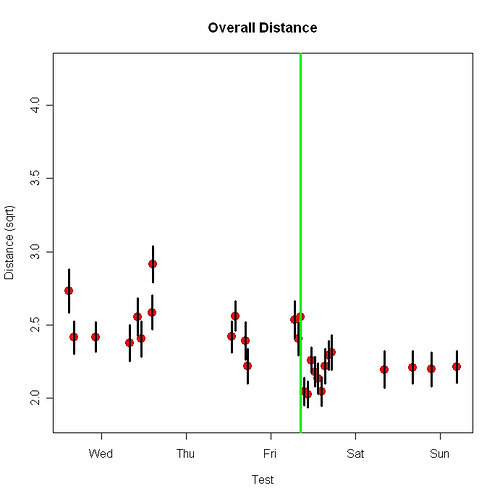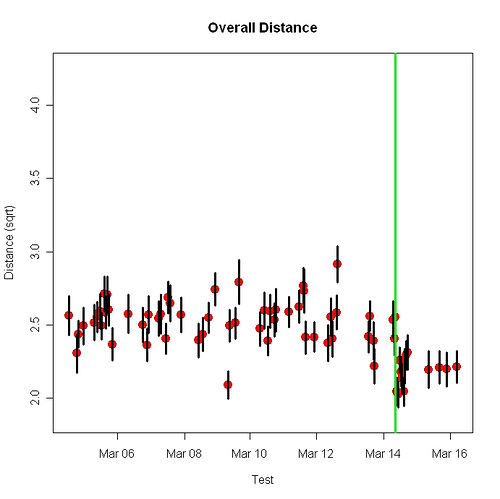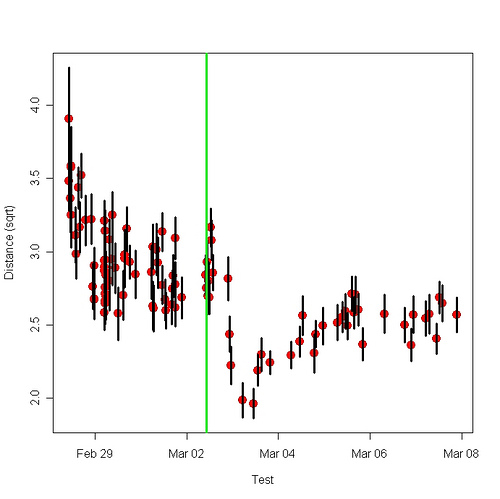I am visiting George Mason University. Yesterday, as I was answering email, I heard a class in progress on the other side of the partition by my desk. It was Robin Hanson lecturing about the economics of health care to 20 undergraduates. It was so interesting I ended up listening to about 90 minutes of it. “Do your students know what a great class they’re getting?” I asked Robin during a break. “I don’t know myself,” Robin replied.
I have heard hundreds of professors lecture. I had never heard anything like this. It wasn’t the usual stuff. It wasn’t the usual stuff made entertaining with cartoons or demonstrations or jokes or war stories. Instead, it was a straightforward look at how the medical profession operates, and a lot of it was about how it operates to empower doctors, reduce the power of patients, and reduce health care innovation. Robin traced the history of the profession from the 1800s until today. “What separates a trade from a profession?” he asked his class. Professionals have ethics, he said. Doctors devised a code of ethics. At the top was “first, do no harm.” What does this mean in practice, he asked his class. If a patient dies, does the doctor feel shame? No. If a patient wants a medical procedure that isn’t recommended, does this mean the doctor doesn’t do it? Apparently not. In contrast to the remarkable vagueness of “first do no harm” the rest of the doctors’ ethics code was quite clear: no practice without a license, no advertising, and so on — each item with clear economic implications.
Robin also discussed how little doctors are supervised. A British doctor managed to kill over 200 people before anyone noticed; he was finally caught only because he forged a will. A nurse at a local hospital was assigned to measure how often doctors wash their hands. They’re supposed to always wash their hands but many do not. The nurse did the survey, and, as requested, correlated hand-washing compliance with death rates. It turned out that the doctor who washed his hands the least had the highest death rate. The nurse reported this. The exceptional doctor had her fired.
On and on like this. Several books cover bits of this territory. A Sacred Trust by Richard Harris, very well written, is about how the AMA fought public health legislation. Overtreated by Shannon Brownlee, which Robin assigned, is a recent overview. The nice thing about Robin’s critique is that it was very accessible and at the right level of detail — I didn’t have to spend 10 hours reading a book to learn what Robin said in 20 minutes — and it was very wide-ranging. During my last visit to GMU, Robin had told me about the RAND study that found groups with different access to health care had the same health. Uh-oh. This was a much broader, more narrative look at same thing — how well is our health care system working? — and was a kind of explanation of the results of the RAND study.


